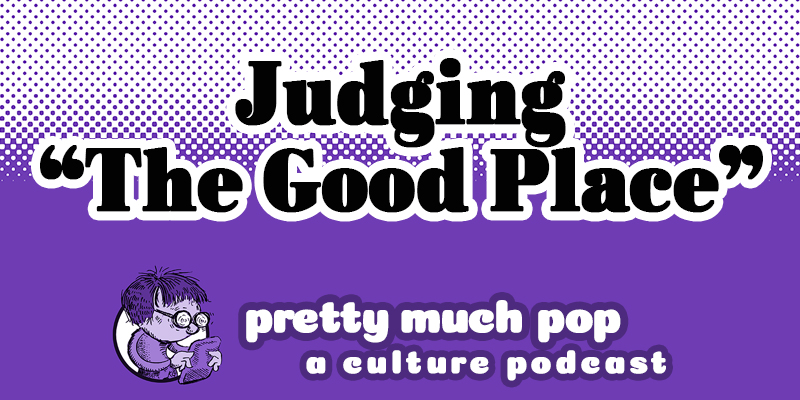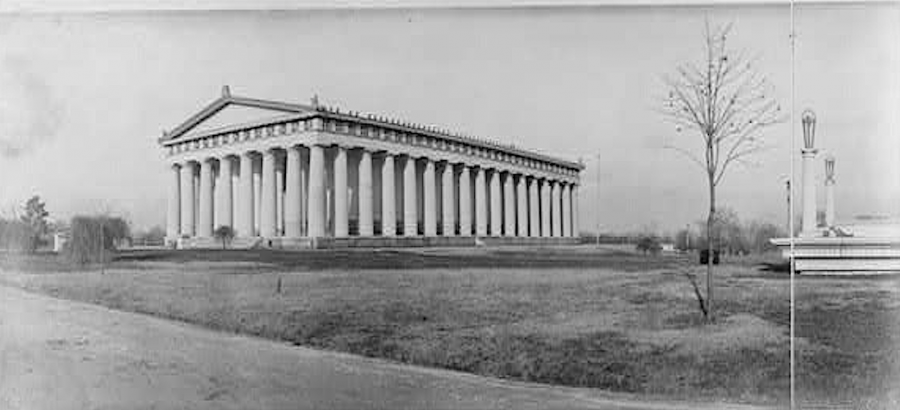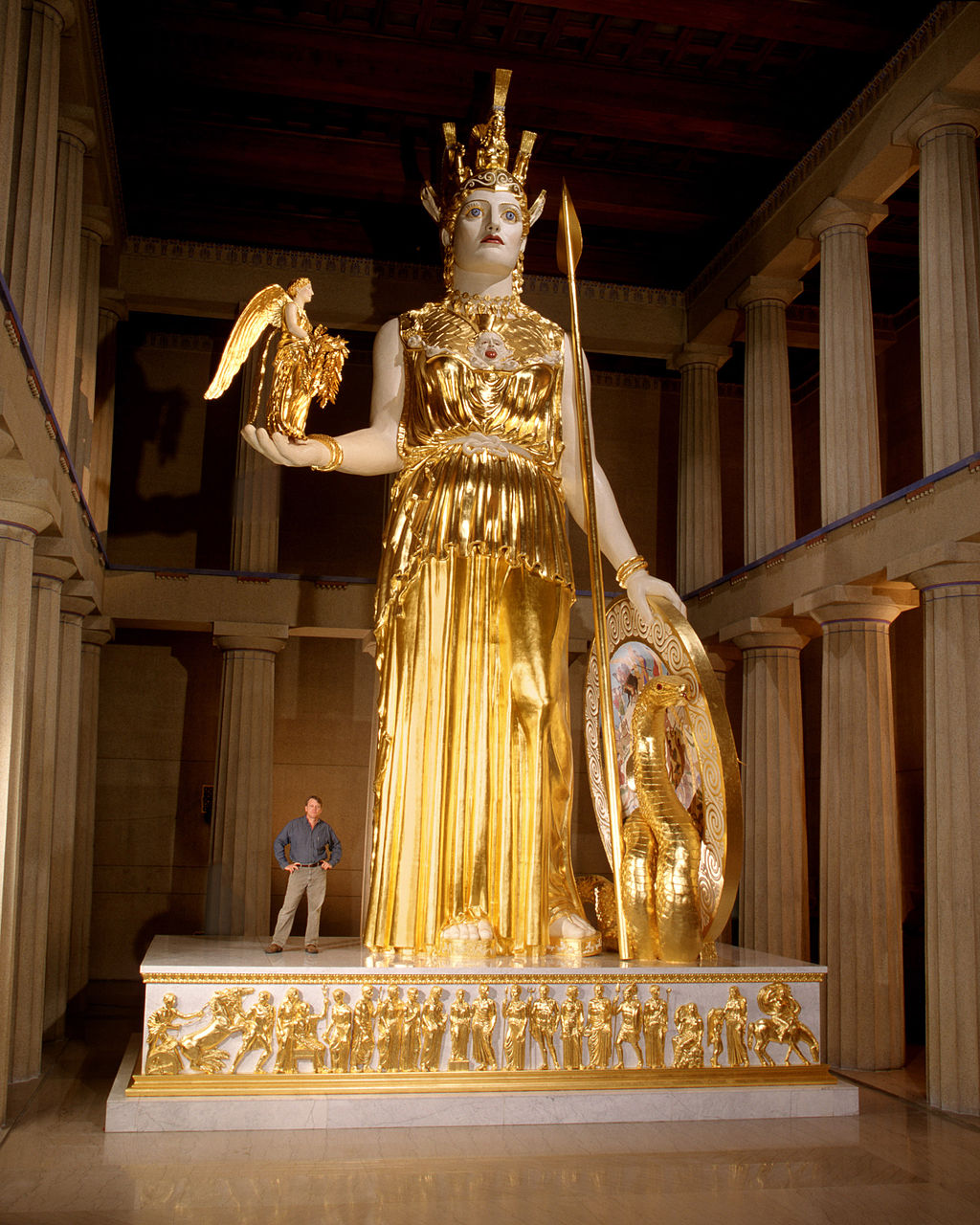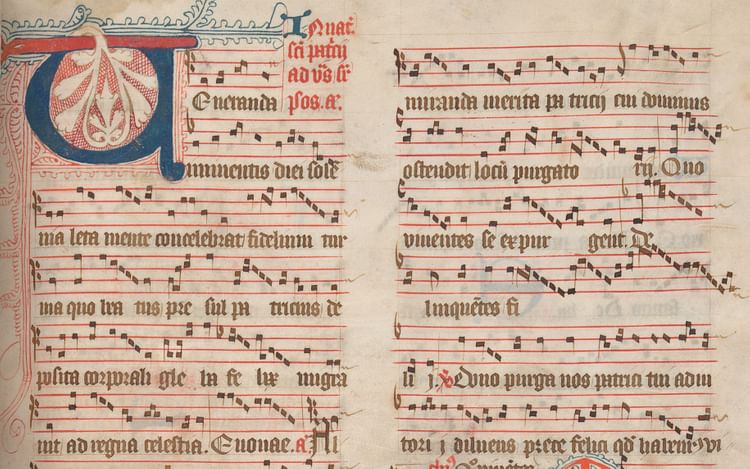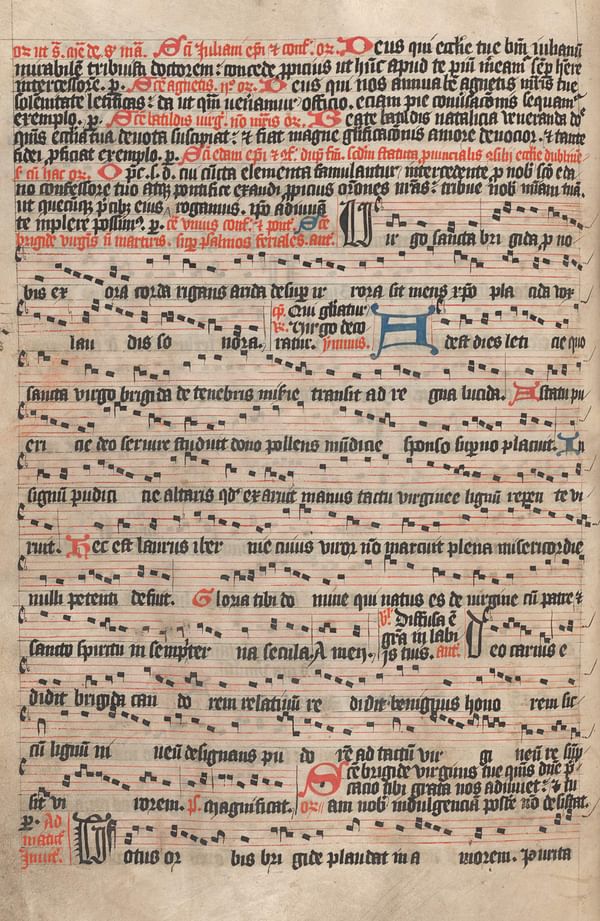Hunter S. Thompson died on February 20, 2005, fifteen years ago, and ever since we’ve been wondering aloud what he would make of the state of the world today. Though events have all but cried out for another Thompson to savagely describe and even more savagely ridicule them, what other writer could live up to the formidable standard Thompson set with Hell’s Angels, “The Kentucky Derby Is Decadent and Depraved,” Fear and Loathing in Las Vegas, and his other harrowing gonzo-journalistic views of the American scene? These works, as the late Tom Wolfe puts it in the interview clip above, made Thompson “the great comic writer of the twentieth century.”
Like anyone who knew the man, Wolfe had Hunter Thompson stories. The one he tells here takes place in Aspen, Colorado, years after Thompson ran for sheriff there and nearly won. As soon as Thompson and Wolfe were seated at a local restaurant, Thompson ordered four banana daiquiris and four banana splits.
After consuming all that, he called the waitress back: “Do it again.” This may remind fans of a more gluttonous version of the scene in Fear and Loathing in Las Vegas where Raoul Duke and Dr. Gonzo threateningly demand an entire pie at a diner. The real-life Thompson also had voracious appetites, not just for junk food and intoxicants but also for destruction, as evidenced by the story of propane-tank target practice Johnny Depp tells above.
Depp, who played Thompson in Terry Gilliam’s film adaptation of Fear and Loathing in Las Vegas, also bonded with the writer in ways not involving eighty-foot fireballs. Both came from Kentucky, and both admired the writing of the 1930s satirist Nathanael West. The two would read West’s work aloud to one another, and later Thompson’s own. (We’ve previously featured Depp reading the “wave speech,” Thompson’s best-known passage, here on Open Culture.) “Hunter taught me how he wanted his work read,” Depp remembers, “and if there’s anything such as a blessing, that was it.” The private Thompson may have loved American prose, but the public Thompson loved outrageous behavior. As John Cusack puts it in the clip above, “He was ready for a show that was beyond any sense of decency and went into some absurdist land that made your heads bend.”
Few had as much exposure to Th0mpson’s head-bending as Ralph Steadman, the artist whose illustrations made visible the Thompsonian “gonzo” sensibility. “Gonzo is a Portuguese word, and it means hinge,” Steadman says in the news segment above. “I guess to be gonzo is to be hinged — or unhinged.” The two first met at the 1970 Kentucky Derby, where they were meant to collaborate on a piece about the race. In the event, they did more drinking and rumor-spreading than reporting, and it all led to a moment of truth: “We looked in the mirror and there we saw the evil face: it was us, looking back at us.” The final product, “The Kentucky Derby Is Decadent and Depraved,” now looks like the birth of a form Thompson and Steadman created, perfected, and quite possibly destroyed.
In the Joe Rogan Experience clip above, journalist Matt Taibbi describes Thompson’s writing thus: “He let it all hang out and just said whatever the hell he thought, and he let the chips fall where they may.” Easy though that may sound, in his best work Thompson managed to employ “the same techniques that the great fiction writers use” to craft a “four-dimensional story, but at the same time it was also journalism.” As the current occupant of Thompson’s old political-reporter job at Rolling Stone, Taibbi knows better than anyone that “most people couldn’t get away with that.” It takes “a Mark Twain-level talent to do what he did, which is to mix the ambition of great fiction with journalism” — like most of Thompson’s endeavors, “one of those don’t-try-this-at-home things.”
Related Content:
Read 11 Free Articles by Hunter S. Thompson That Span His Gonzo Journalist Career (1965–2005)
Johnny Depp Reads Hunter S. Thompson’s Famous “Wave Speech” from Fear and Loathing in Las Vegas
Hunter S. Thompson Interviews Keith Richards, and Very Little Makes Sense
Hunter S. Thompson, Existentialist Life Coach, Gives Tips for Finding Meaning in Life
Watch Hunter S. Thompson & Ralph Steadman Head to Hollywood in a Revealing 1978 Documentary
Based in Seoul, Colin Marshall writes and broadcasts on cities, language, and culture. His projects include the book The Stateless City: a Walk through 21st-Century Los Angeles and the video series The City in Cinema. Follow him on Twitter at @colinmarshall or on Facebook.
